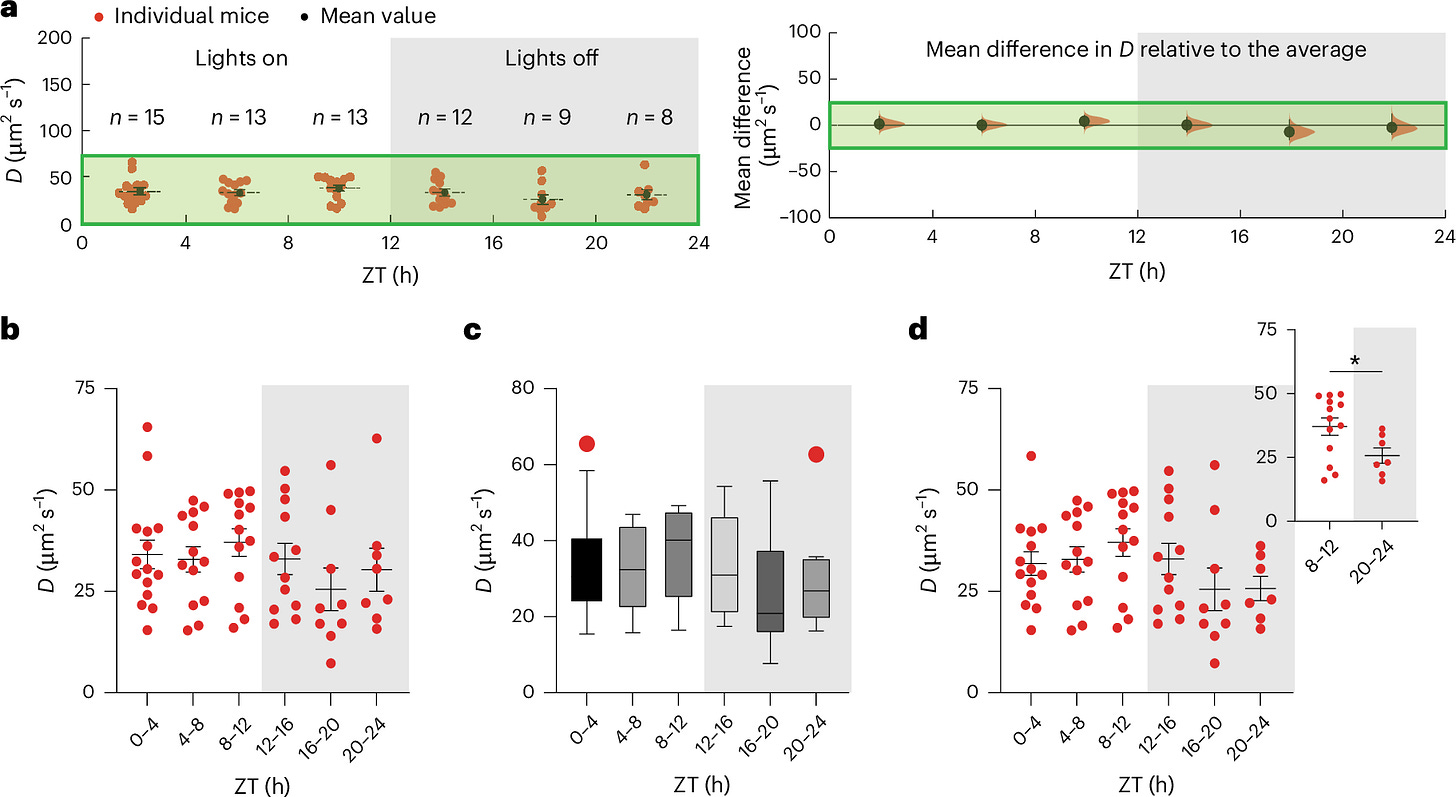Neurostats Digest #3
Statistical transformations, virtual twins, progress in methodological discovery
Note-Worthy
A classic paper in survival analysis from 2011 developed “virtual twins” for analyzing clinical trials via the potential outcomes. One school of thought thinks of causal inference as a missing data problem. The fundamental problem in causal inference, especially in therapeutic experiments, is that you can only evaluate one of 2 possible outcomes for an individual. Imputing one of the possible outcomes amounts to simulating or imputing counterfactuals. The important question is when can we get away with creating data without actually measuring it? Any virtual twin method should lay out exactly when such an operation still results in valid conclusions.
Science progresses when we re-visit and overturn bad assumptions. The paper that launched the re-evaluation of motion artifacts in fMRI comes to mind. For all the criticism that fMRI gets about its limitations, the fMRI imaging community has always been a progressive, rather than degenerating research program in the Lakatosian sense.
Another example of science progressing by improving the measurement validity of brain clearance measurements. It is unclear to me who is right on this issue as both the statistical issues and measurement issues of a construct like clearance are legitimate. Not at all definitive that sleep clears plaques.
The statistical science of transformations meets AI



